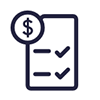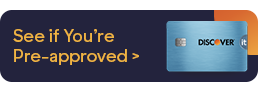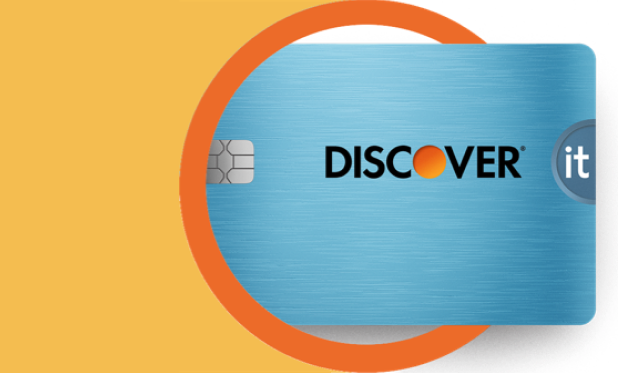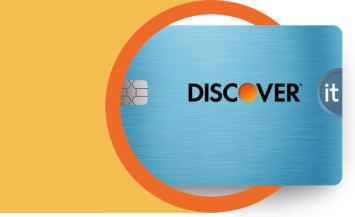A digital wallet is a type of contactless payment method (usually a mobile app) that stores and encrypts electronic versions of your credit cards, debit cards, and more on your phone. You may complete a contactless payment transaction using your digital wallet with a tap or wave of your smartphone at the checkout terminal, or to enter your info quickly online.

What Is a Digital Wallet?
7 min read
Last Updated: August 20, 2025
Next steps

See if you're pre-approved

View all Discover credit cards
See rates, rewards and other info
You may also be interested in
Was this article helpful?
Was this article helpful?




